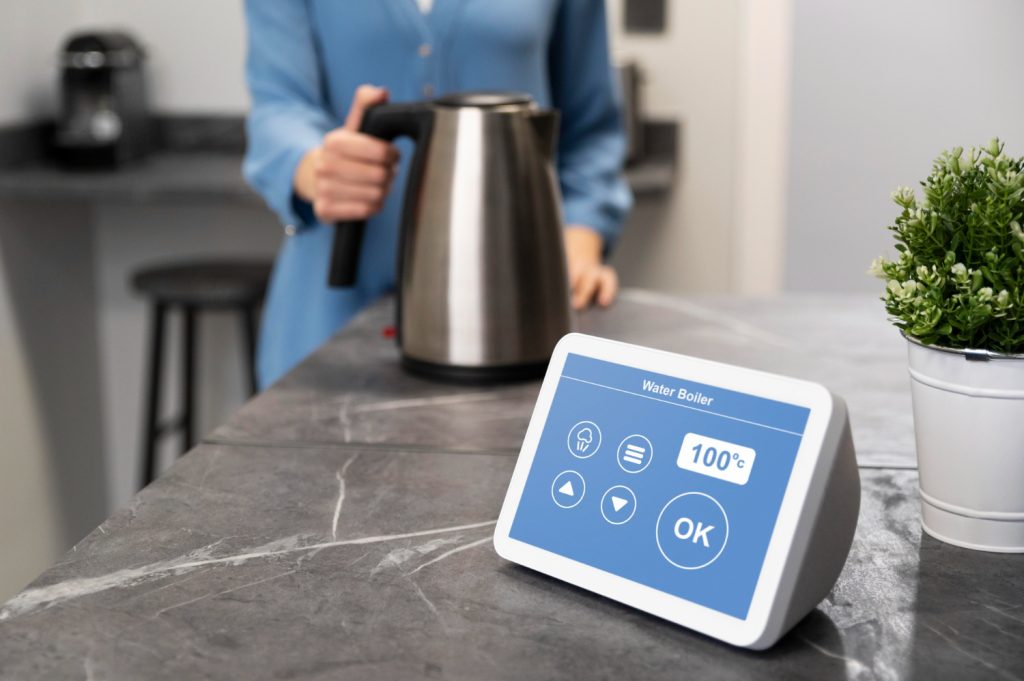In the world of business, nothing beats the immense value of time. From the early civilizations of ancient Egypt, who utilized sundials, to the present-day digital tools, the journey of man’s quest to measure time has been fascinating. Sundials eventually gave way to mechanical clocks and later punch-style timecard machines.
The arrival of the modern era breathed a wave of change, where paperwork moved onto the screens of computers. The traditional punch clocks shifted to manual data entry into spreadsheets. But even this was not enough to squash the unparalleled demand for efficiency that businesses craved. This need has given birth to the high-tech automated time-card systems dominating our current work environments.
This surge to switch is primarily because automated timecard systems offer proven benefits. They can save money, reduce errors, enhance work efficiency, and allow seamless integration into payroll systems. Various studies have shown that several businesses are now considering switching to these automated timecard systems.
Understanding the Automated Timecard Systems
An automated timecard system is a digital tool that automatically records when an employee starts and ends their workday. This eliminates the need for manual data entry, allowing for efficient, accurate, and real-time tracking of work hours.
Moving forward, an automated timecard machine consists of a time clock connected to powerful software. The software can perform a wide range of tasks, right from complex calculations to generating extensive reports. Cutting-edge technologies like biometrics and artificial intelligence are leveraged to ensure secure and precise data collection.
Going deeper into the working of the automated card system, it works by capturing data from the employees using pins, badges, biometrics, or even mobile/web-clock-ins. It then transmits this data to a central system for processing, making it ready for attendance tracking and payroll.
Making the Hard Choice: Manual vs Automated Systems
Automated systems come with a plethora of advantages over manual ones. They drastically reduce the time spent on payroll processing and cut down on errors precipitated by manual data entry. They also allow for enhanced compliance with labor laws, provide powerful audit trails, and prevent time theft.
However, just like everything else, they are not completely flawless. For example, they might face technical glitches which could lead to data inaccuracies. Some employees might also resist the change, finding the new system confusing or invasive.
Despite these few limitations, when a comparative analysis is done, automated systems largely outdo their manual counterparts. They deliver more accurate data, save significant time and money, and allow for streamlined operations.

Road to Transition: The How’s and When’s of Switch
Knowing when to make the switch is crucial. The best time to switch is when the costs of manual processing start hurting the business’s profitability. If the organization is witnessing too many discrepancies in timekeeping, then a switch should be on the cards.
Before making the switch, businesses need to do a needs assessment, choose suitable software, and communicate the changes to the employees. These steps will ensure smooth implementation.
During the switch, there may be challenges. These could range from resistance from employees to technical issues. However, securing buy-in, doing thorough testing, and providing adequate training can serve to overcome these problems.
Addressing the Challenges: Overcoming Hurdles during the Transition
Resistance to change emanates as an innate human tendency. This is especially true when new technology is introduced. Yet, open communication, training, and reassurances of the benefits can help mitigate resistance.
Technical challenges, particularly related to data migration can also pose difficulties. However, investing in a supportive team of IT professionals can help address such concerns.
Finally, the financial aspects such as the initial cost should not discourage businesses. The return on investment from improved productivity, reduced errors, and time savings far outweigh the initial investment.
Embracing the Future: Harnessing the Benefits of Automation
With automation, businesses can drastically enhance their operational efficiency. Increased accuracy, removal of human errors, and real-time data on working hours contribute to this efficiency.
Automated systems also provide access to real-time analytics. This allows for accurate reporting which greatly aids decision making.
Another significant benefit is the assured compliance and security. Automated time card systems fall in line with labor laws and maintain excellent records, making audits a breeze. Advanced security features also ensure that sensitive employee data remains protected.
Final Thoughts: Looking Ahead in the Age of Automation
As we step into this new age of automation, businesses have a golden opportunity to overhaul their operations. The move from manual to automated timekeeping systems requires careful planning and implementation, but the rewards are immense. Not only do businesses stand to save substantial time and resources, but they also gain a competitive edge in today’s fast-paced market.

